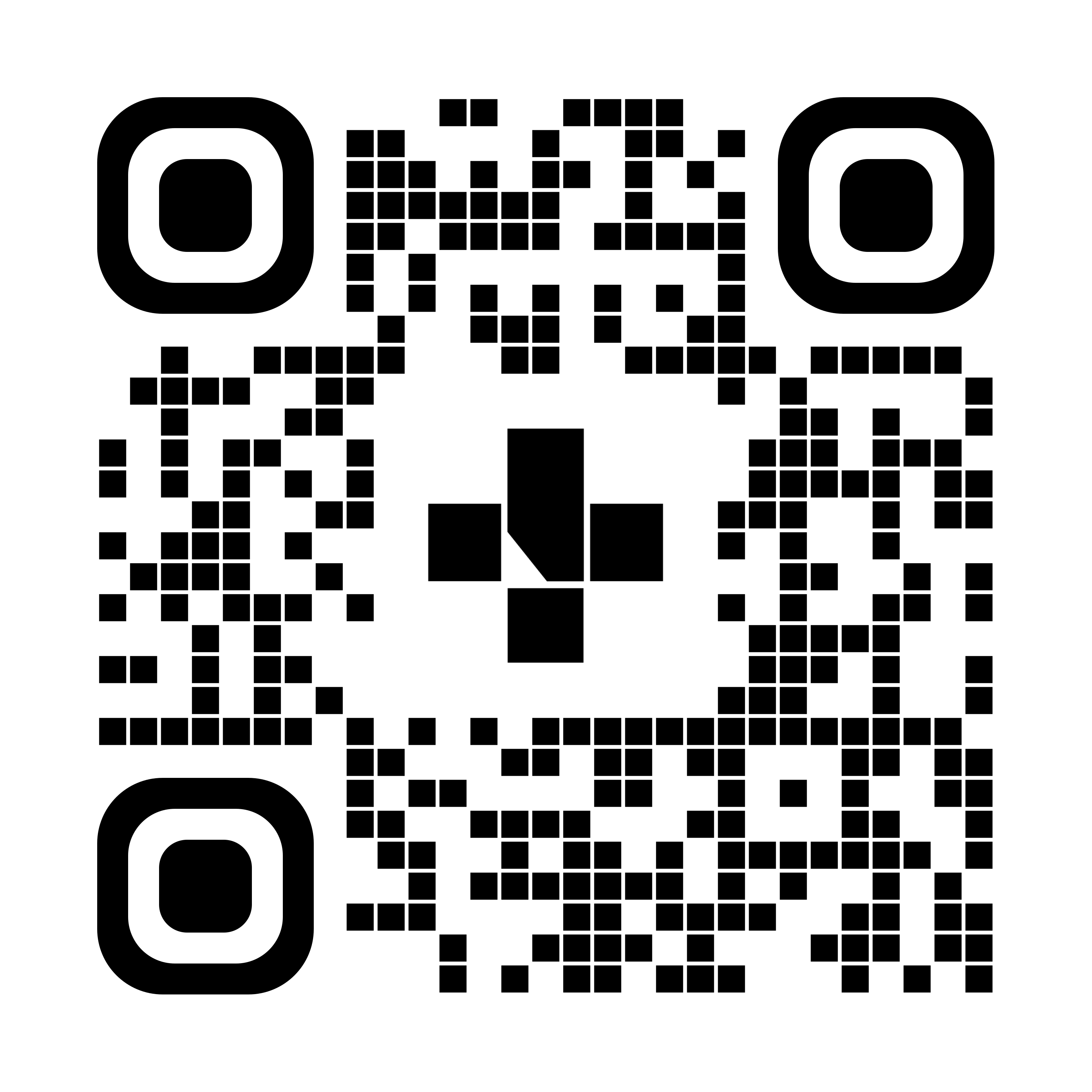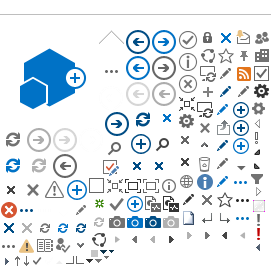Dysphagia Soft Diet
Care instructions
You may need a dysphagia soft diet if you have trouble chewing or swallowing. Your dietitian or swallowing team will talk to you about this diet if it might help you. On a dysphagia soft diet, foods are soft and moist. Foods that are not soft or moist enough may need to be diced, minced, finely shaved, or mashed.
How can you care for yourself at home?
Choose foods that are soft and easier to swallow (dysphagia soft foods). Include a variety of soft and moist vegetables and fruits, grain foods, and protein foods each day. The following are suggestions of foods that you may want to choose:
Vegetables and fruits
- soft, cooked vegetables like carrots or squash cut into small cubes usually about 0.5 cm or ¼ inch (diced)
- cooked vegetables like broccoli or green beans cut into very tiny pieces (minced)
- mashed potatoes
- soft, ripe fruit without seeds or skin that you can mash like bananas or pears
- smoothies
- Grain foods
- cooked cereals like oatmeal
- cold cereals that soften in milk like bran flakes
- soft, moist bread products like bread, buns, or muffins, served with butter
- soft, moist rice or pasta
- Protein foods
- milk, smooth yogurt, or cheese
- soft, cooked beans or lentils
- smooth nut butters mixed into foods like smoothies
- diced tender meat or poultry
- tender meats like meatballs that can be mashed
- Desserts and snacks
- pudding
- soft, moist cookies or soft, baked desserts
Avoid foods that are dry, crumbly, sticky, gummy, hard, or chewy.
Make foods safe to eat
- Add broth, melted butter, gravy, sauces, milk, or juice to your foods for extra moisture.
- Dice vegetables, fruits, meat, and poultry into 1 cm (or smaller) cubes. Drain canned vegetables and fruits before dicing. Meats can also be finely shaved with a meat slicer or knife.
- Mince foods like broccoli or green beans into pieces less than ½ cm. Some foods may be soft enough to mince with a fork, pastry blender, or potato masher. To mince harder foods, use a blender, mini chopper, or food processor.
- Mash canned meat or fish (like salmon) into small even-sized pieces. Some vegetables and fruits can be mashed too. If a food needs to be mashed, use a knife, pastry blender, a potato masher, or a fork.
Avoid mixed consistency foods
Your healthcare provider may ask you to avoid foods with mixed consistency. These foods have both thin fluids and solid food together in one bite. Examples of what to avoid are foods like:
- cold cereal in milk
- crackers in soup
- juicy fresh vegetables and fruits (release water when chewed)
- ice cream with candies or hard pieces
Take medicines safely

- Take pills with applesauce, pudding or yogurt.
- If you take liquid medicines, talk to your doctor or pharmacist about how to take them safely.
Learn more about a Dysphagia soft diet.
To see this information online and learn more, visit MyHealth.Alberta.ca/health/aftercareinformation/pages/conditions.aspx?hwid=custom.ab_dysphagia_diet_inst.

For 24/7 nurse advice and general health information call Health Link at 811.
Current as of: May 08, 2025
Author: Nutrition Services, Alberta Health Services
This material is not a substitute for the advice of a qualified health professional. This material is intended for general information only and is provided on an "as is", "where is" basis. Although reasonable efforts were made to confirm the accuracy of the information, Alberta Health Services does not make any representation or warranty, express, implied or statutory, as to the accuracy, reliability, completeness, applicability or fitness for a particular purpose of such information. Alberta Health Services expressly disclaims all liability for the use of these materials, and for any claims, actions, demands or suits arising from such use.
